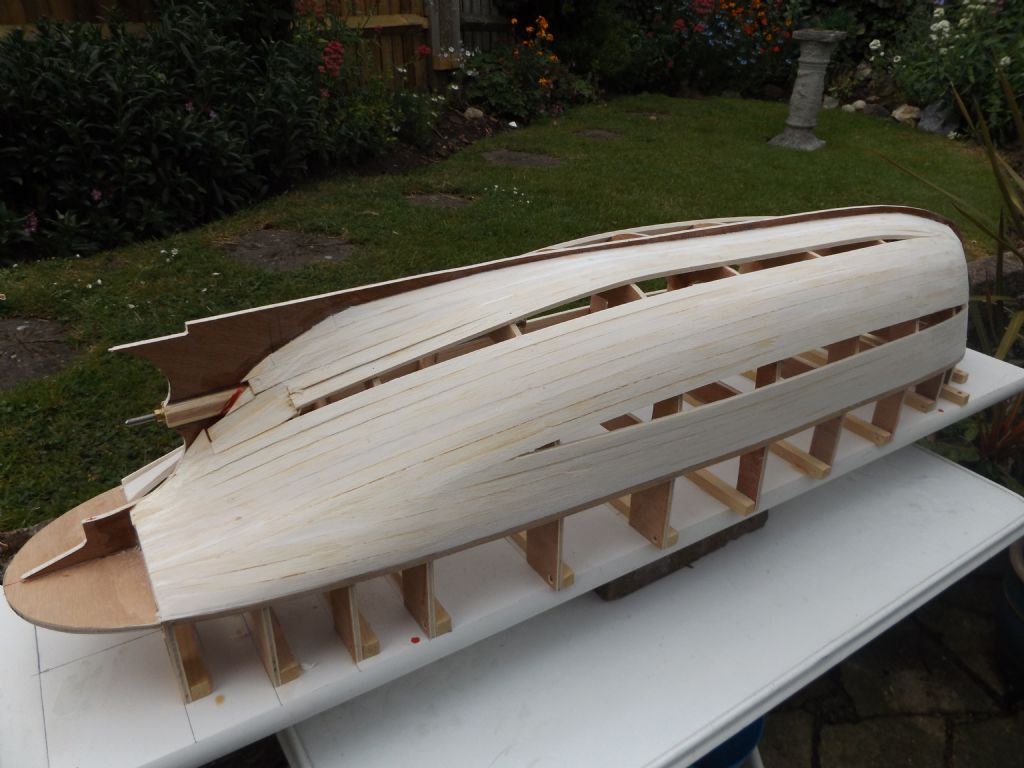Hello John,
Without having seen your build, I am inclined to suspect that you have made the common beginner's error of trying to force-bend the planks into compound curves, something that essentially cannot be done, and which typically results in one edge of those planks sitting higher than the rest.
Another potential source of unevenness might also be in the chamfering of the bulkhead edges to give a smooth line for the planks to rest on.
Alas!, although I have never tried myself to follow a Billings build instruction, they do not have the greatest of reputations, and I am not surprised if you find them difficult to follow.
There are a number of articles available on the Model Ship World forum that, taken together, describe quite well the relevant techniques of spiling planks (i.e. cutting them to the correct shape for them to lay smooth with a straight edge for the next plank to lay up to), and also the use of stealers and drop strakes: **LINK**. It is in my view very much worth the effort to read them all, and they should hopefully help you understand better how to go about the planking.
And yes: you are perfectly right to assume that the planking alone should in principle produce the correct hull shape, and that sanding and filling should be for touching up and sorting minor issues. That said, if the hull is going to be painted, you have a larger margin of errors, and can rely a bit more on the filler.
Standard timber fillers will work perfectly fine, at least if, as I assume, you are building a static model. If you intend to put her into the water, you might be better of with e.g. Isopon P38 car body filler or something similar, but for a static model, standard indoors wood filler will do you nicely. As always, if you are not familiar with a product, do a test piece first, to learn how it behaves when put on and when sanded before applying it to your model.
Good luck and enjoy your build!
Mattias









